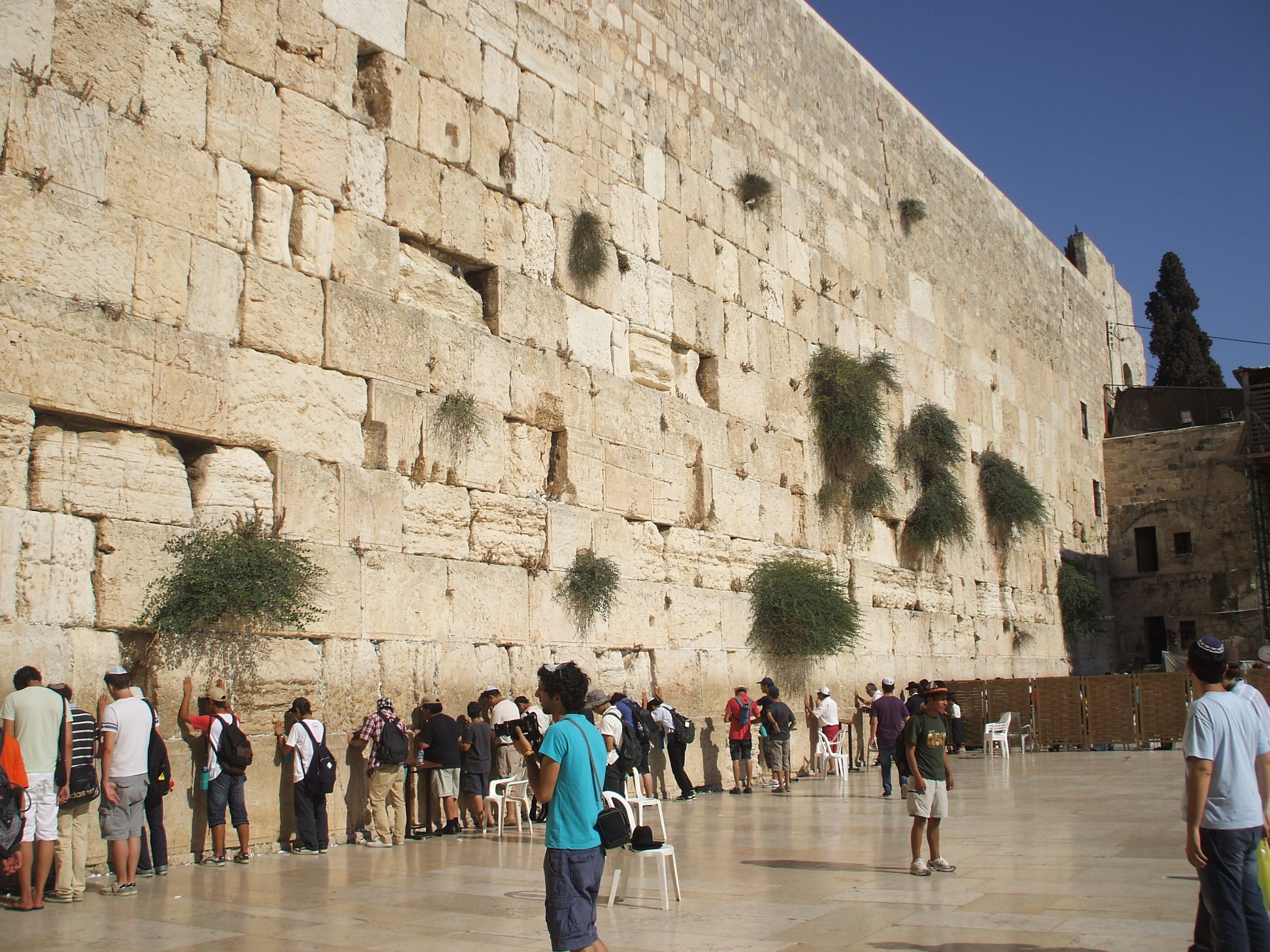One of the final stops on our shul’s tour of Israel, which ended this week, was the Chain of Generations exhibition at the Western Wall Tunnels. Like all the museums we visited, it was impressive in its professionalism, creativity, imaginative style and skill in conveying a particular theme.
What was particularly powerful was the final stop on the tour, where we saw all our own faces on a screen. It was a takeaway message that our people have been on a journey, and we are now the ones to whom the baton has been passed. We are the future that past generations depended on for their continuity.
I thought of this again while studying this week’s Torah reading Emor, which deals with the Kohanim, members of the priestly tribe, who must fulfil specific commandments over and above the rest of Israel. We read about the laws of tumah and taharah, purity and impurity, and how a Kohen may never allow himself to become defiled by contact with the dead. We also find the laws of who a Kohen may or may not marry, given their special degree of sanctity as ministers of the Holy Temple.
It is fascinating that these laws are still practiced today in Jewish communities around the world. Kohanim do not serve as pallbearers at funerals and, in general, keep their distance from cemeteries and the dead. They may not marry just any Jew. An ordinary Kohen may not marry a divorcee, for example, and the High Priest was even forbidden to marry a widow. Again, these laws are in force today, and observant members of the priestly tribe still try to do the right thing and avoid tarnishing their sacred station.
In fact, you may have heard that in recent years scientists have discovered what is now called the “Kohen gene.” I find it fascinating that to this day there is a certain Y chromosome common to all Kohanim from the priestly family. I make no claims to any expertise in this field, but researchers in molecular genetics have published these findings in prestigious scientific journals. While this may not be a halachically valid methodology to establish who is a Kohen, it does tell us a lot about the strength of our Jewish identity and faithfulness.
It also sheds light on how Kohanim who come from different parts of the world and different ethnic communities still share the “Kohen gene.” Whether Ashkenazi or Sephardi, from Europe or Arab lands, from Anchorage to Africa, Yugoslavia to Yemen, a Kohen is a Kohen is a Kohen.
The members of the priestly tribe have staunchly continued the tradition of blessing their communities with the Birkat Kohanim: “May the Lord bless you and protect you.” It is from the Book of Numbers and was recited by Aaron, the High Priest, back in the beginning. No matter the locale, those words were never lost. Jewish fathers still use them to bless their children.
We have been scattered around the world, endured wanderings and dispersions to the four corners of the earth, and yet somehow our way of life has remained intact: Our priests, our teachings, our traditions.
I find it nothing less than inspirational. Not that I had any doubts, but still, it is validating and powerful.
Let us never forget the secret of Jewish resilience, invincibility and immortality. Our Torah is eternal. Our traditions are eternal. And by keeping these traditions today, our people remain eternal and the chain of generations will continue forever, wherever we may live.
Rabbi Yossy Goldman is Life Rabbi Emeritus of Sydenham Shul in Johannesburg and president of the South African Rabbinical Association. He is the author of From Where I Stand, on the weekly Torah readings, available from Ktav.com and Amazon.


























